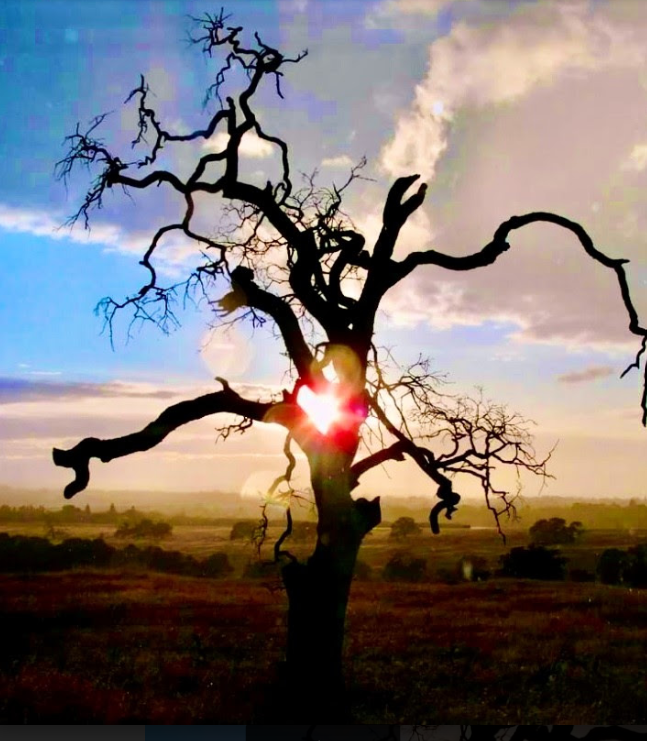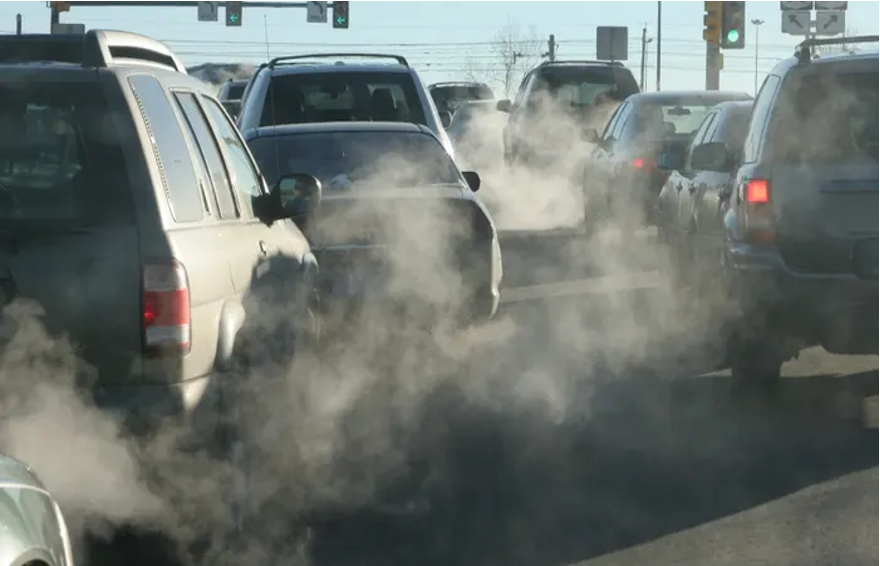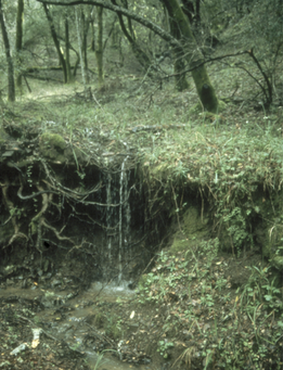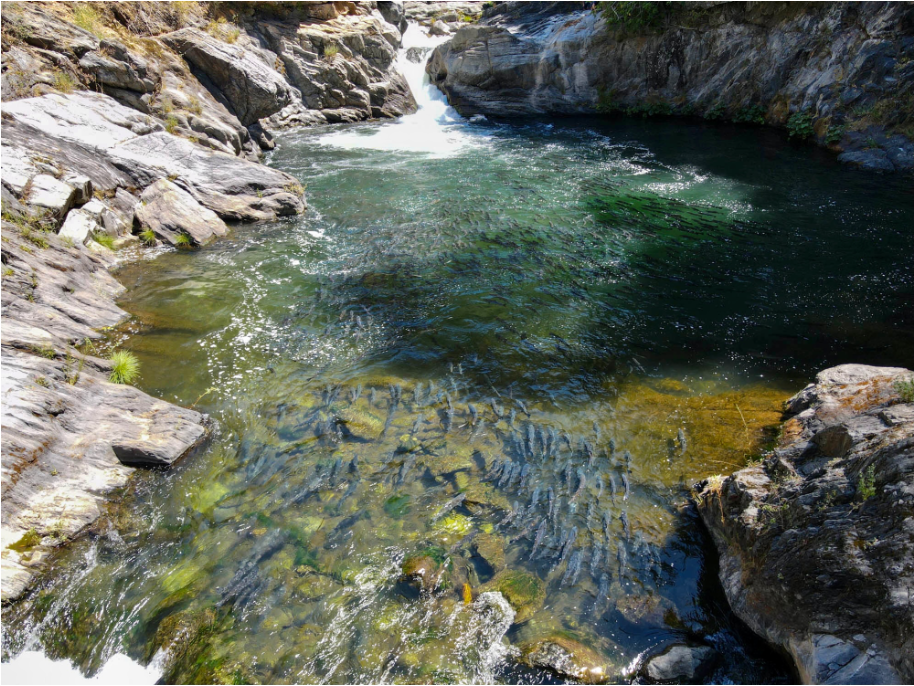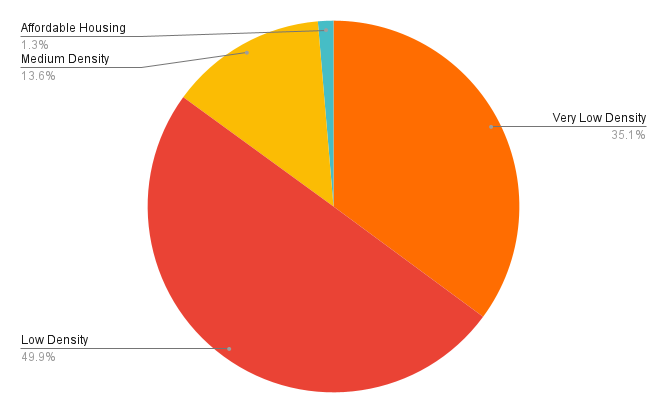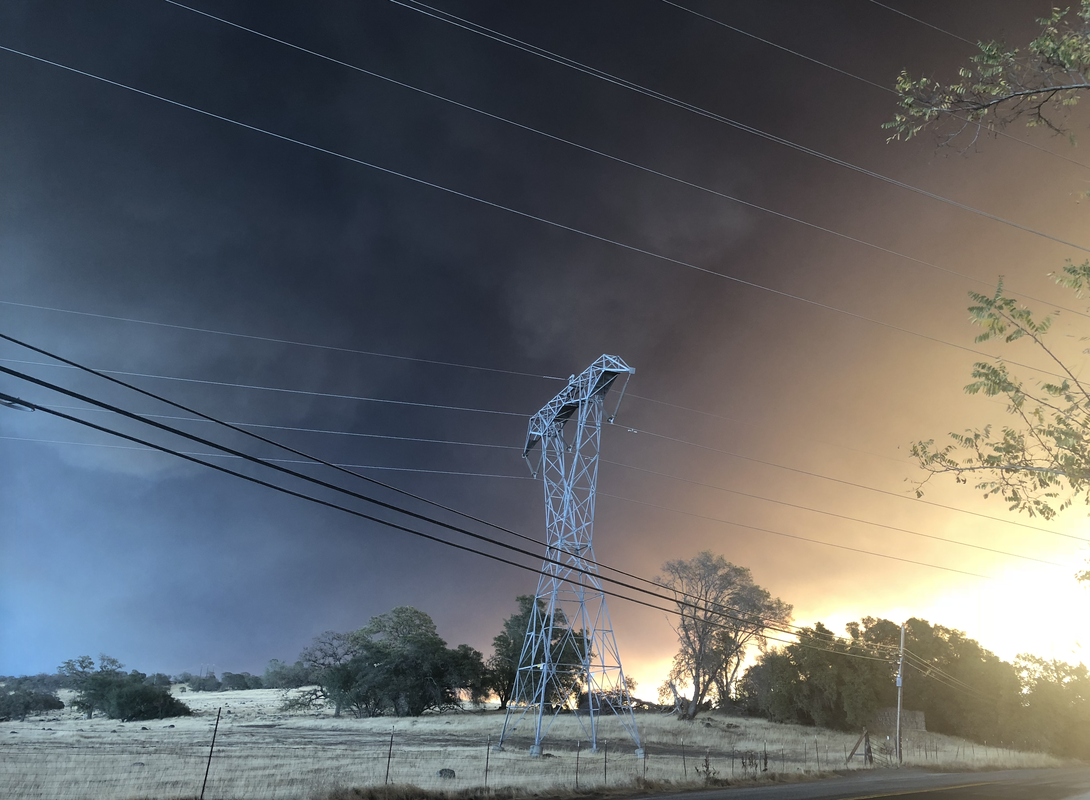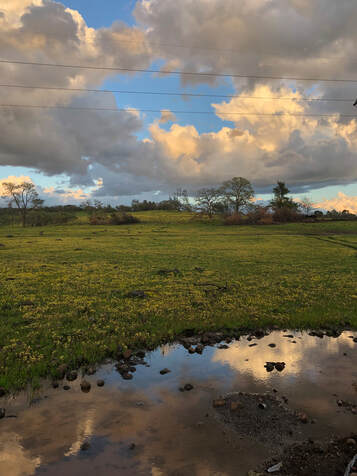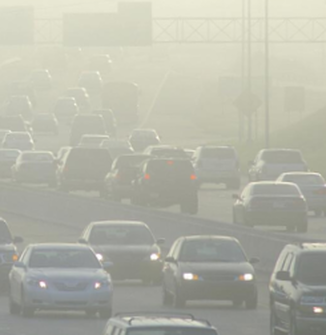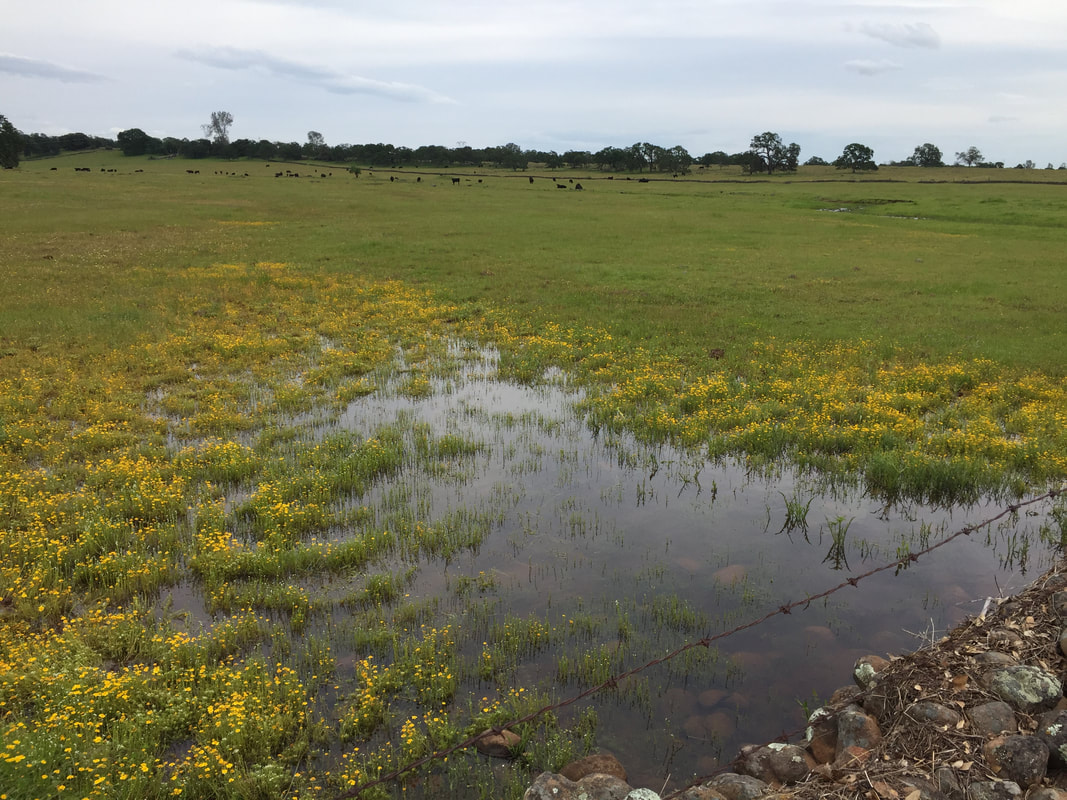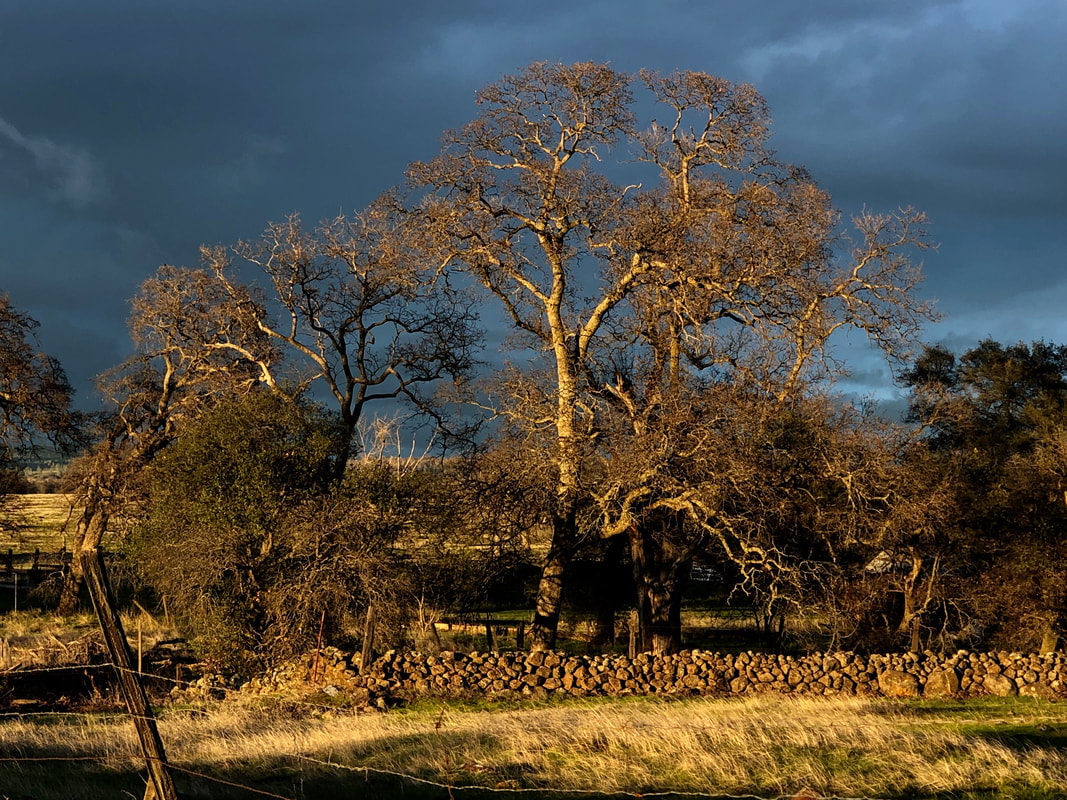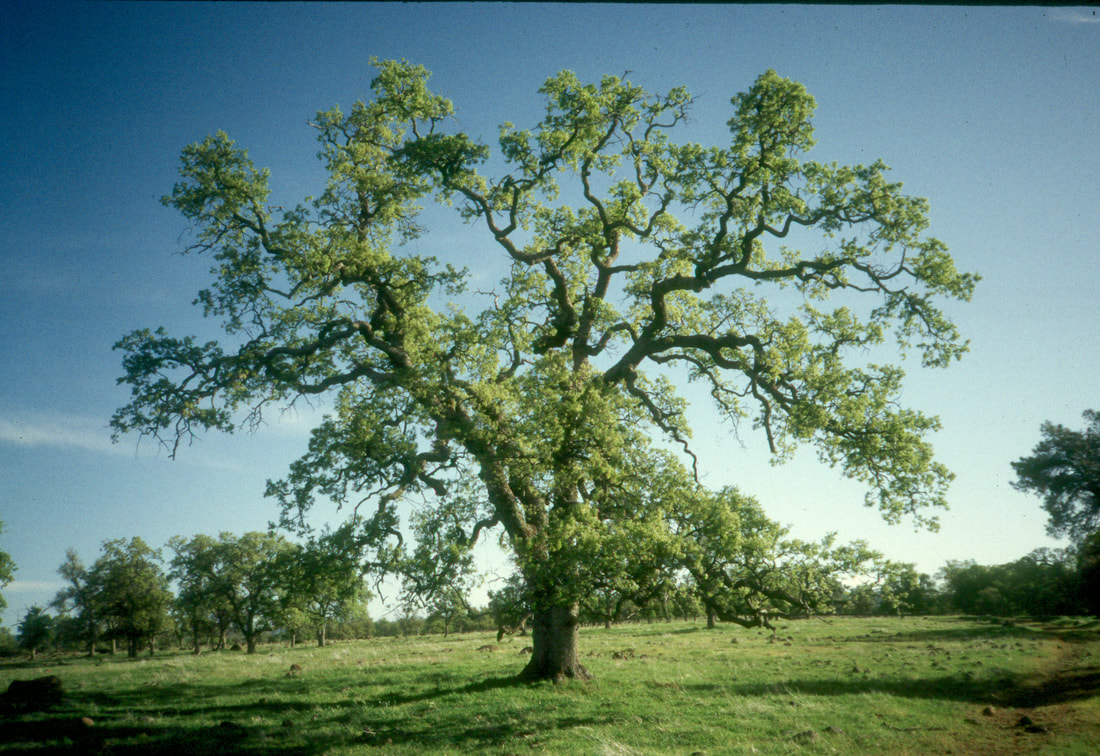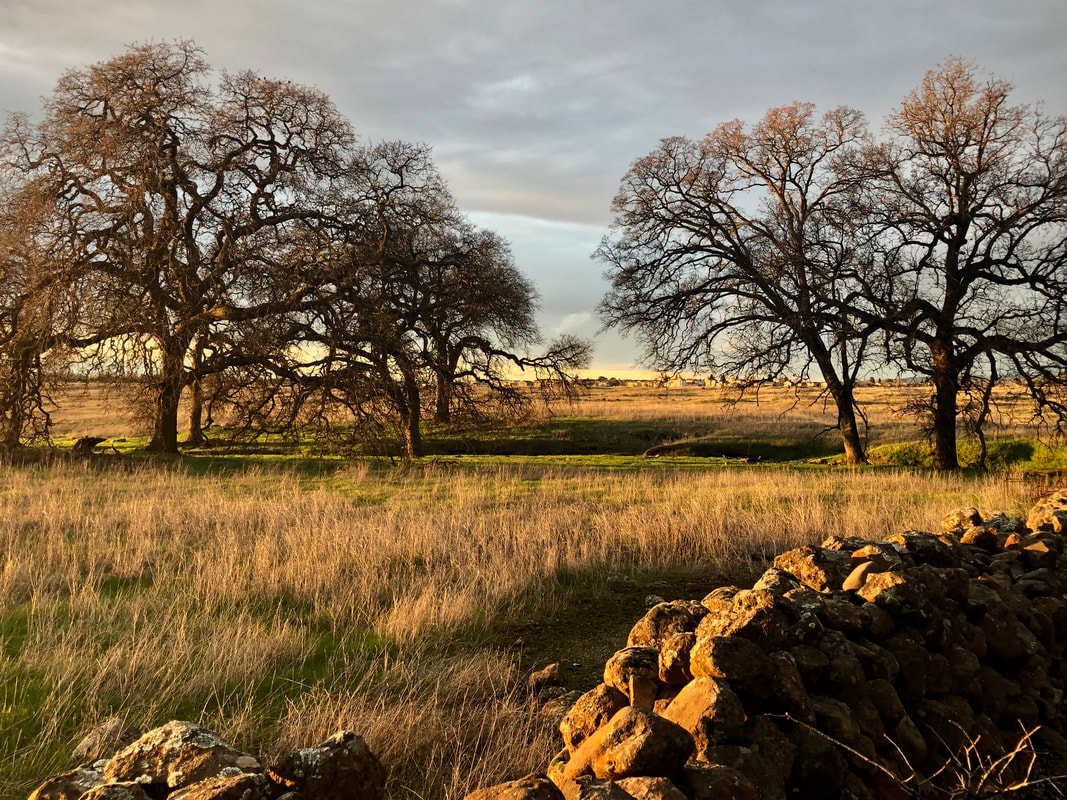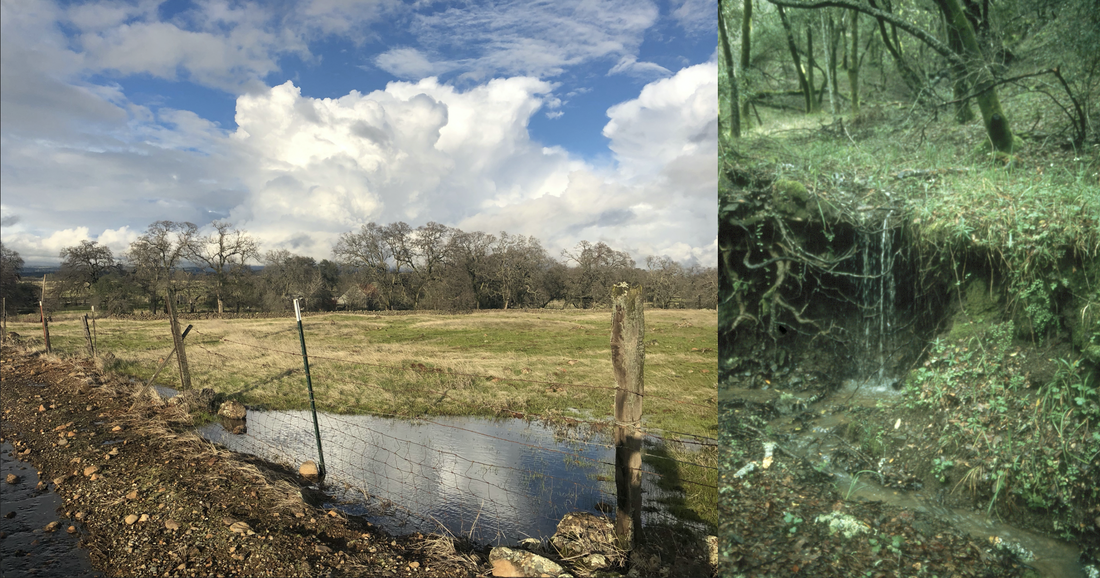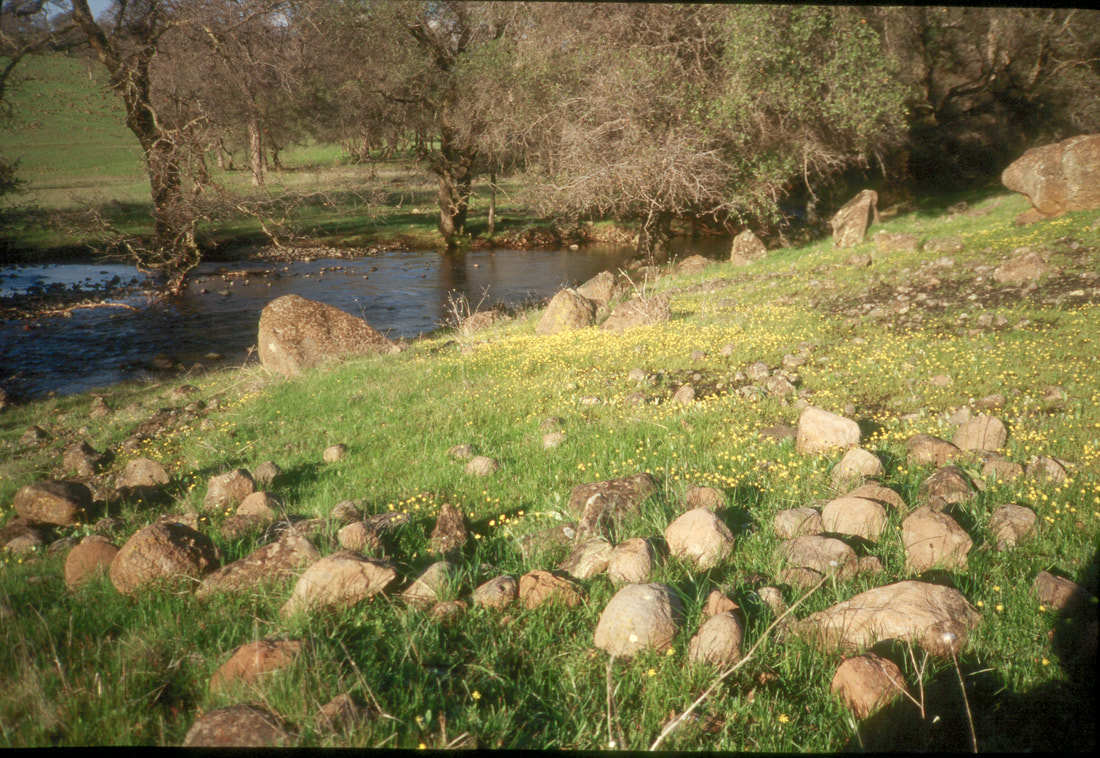Valley's Edge
Measures O and P headed for defeat
Measures O and P headed for defeat
We did it -
THANK YOU to everyone for your support on this tremendous effort!
THANK YOU to everyone for your support on this tremendous effort!
Chico voters overwhelming voted against the Valley's Edge project in the March 5 referendum. Returns through March 9 put Measure P down 11,803 - 7274 and Measure O behind 11,864 - 7,175 a rejection rate of over 60%! This is in insurmountable lead for SAVE VALLEY'S EDGE.
Quoted in the Chico Enterprise Record, David Welch, one of the leaders in Stop Valley's Edge, said:
"I'm feeling very good indeed. I honestly had been expecting to win, but I was surprised by the size of the margin. That was more than I expected.... I am also aware that there is going to be continuing work in the future."
Quoted in the Chico Enterprise Record, David Welch, one of the leaders in Stop Valley's Edge, said:
"I'm feeling very good indeed. I honestly had been expecting to win, but I was surprised by the size of the margin. That was more than I expected.... I am also aware that there is going to be continuing work in the future."
Thank You to all those who helped to make this monumental achievement happen to allow for the preservation of our beautiful foothills:
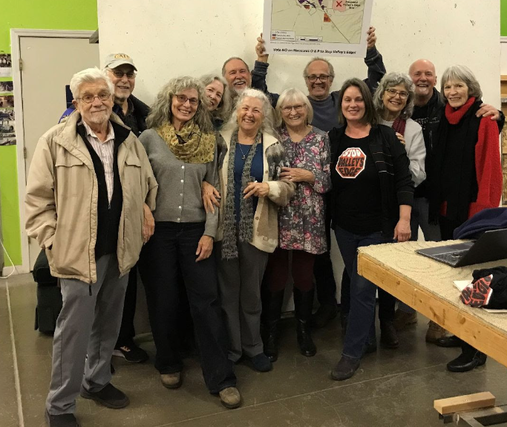 The Leadership Team
The Leadership Team
the petition gatherers
the city council meeting speakers
the Farmers Market & event tablers
the banner wavers
the canvassers
the neighborhood walkers
the communicators
the texters
the callers
the office sitters
the letter writers
the fund raisers
the participators
the yard sign displayers
the meeting attenders
the donors
the supporters
the voters
You are all awesome and so very much appreciated!
SAVED!
Valley's Edge
Valley's Edge is a proposed development east of Chico that would consume 1447 acres of grassland and oak savanna stretching into the foothills that would create 2777 housing units. Previously approved by City Council, it is subject to a referendum, initiated by us and our allies, to overturn that decision. Citizens created a referendum that will allow voters to voice their opinions on Valley's Edge on the March 5 primary ballot, Measures 0 and P.
TRAFFIC
WATER AND DROUGHTVALLEY'S EDGE WOULD DIMINISH WATER FLOWING TO ENDANGERED SPECIES IN LAND BELOW
HARM TO BUTTE CREEKRUNOFF FROM VALLEY'S EDGE WOULD CAUSE HARM TO:
|
LITTLE AFFORDABLE HOUSINGONLY 1.3% IS DESIGNATED FOR AFFORDABLE HOUSING
WILDFIRESTHIS IS THE WILDLAND URBAN INTERFACE ZONE (WUI) AND HAS BURNED THREE TIMES IN THE LAST 19 YEARS
PLANT LIFE VALLEY'S EDGE WOULD DESTROY:
|
GREENHOUSE GAS EMISSIONS
THE GHG EMISSION IMPACTS ARE CONSIDERED SIGNIFICANT AND UNAVOIDABLE
IN ADDITION: THE DRAFT ENVIRONMENTAL IMPACT REPORT STATES THAT EMISSIONS CANNOT BE MITIGATED AQUATIC LIFE
|

